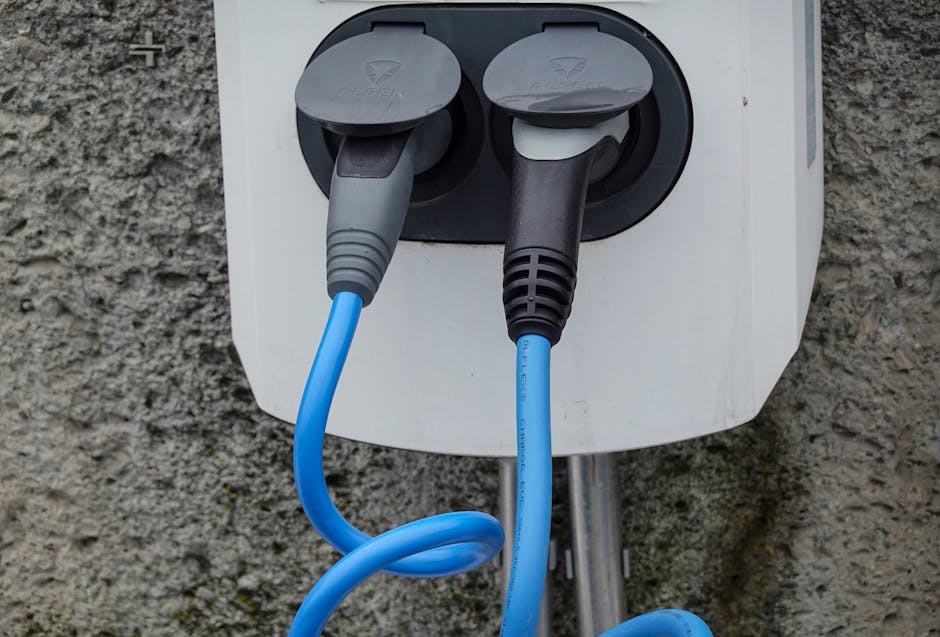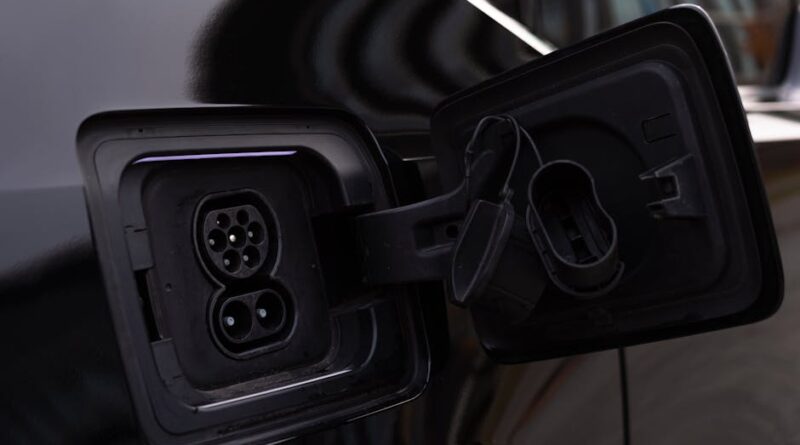Unraveling the Influence of Electric Vehicles on Power Grid Dynamics
Electric vehicles (EVs) have emerged as a transformative force in the transportation sector, offering a cleaner and more sustainable alternative to traditional fossil fuel-powered vehicles. As the adoption of EVs continues to rise, it is important to delve into how these vehicles impact power grid dynamics. The integration of EVs into the grid presents a unique set of challenges and opportunities, influencing the way we generate, distribute, and consume electricity. In this comprehensive guide, we will explore the various ways in which EVs influence power grid dynamics, from demand management to grid stability and beyond.
The Rise of Electric Vehicles: A Paradigm Shift in Transportation

The growing popularity of electric vehicles marks a significant shift in the automotive industry towards greener and more sustainable modes of transportation. With advancements in battery technology, EVs offer a viable solution to reduce greenhouse gas emissions and dependence on fossil fuels. However, the widespread adoption of EVs also poses challenges to the existing power grid infrastructure.
Challenges and Opportunities in Managing EV Charging Demand

One of the key aspects of how EVs influence power grid dynamics is through their charging patterns and demand on the grid. As more EVs are introduced on the roads, the demand for electricity to charge these vehicles increases. Managing the peak load caused by simultaneous charging of multiple EVs poses a significant challenge to grid operators. However, it also presents opportunities for demand-side management strategies, such as time-of-use pricing and smart charging technologies.
Grid Integration and Vehicle-to-Grid Technology

Grid integration of EVs involves the bi-directional flow of electricity between vehicles and the grid, enabling vehicle-to-grid (V2G) technology. This innovative approach allows EVs to not only consume electricity but also feed it back into the grid during peak demand periods. By leveraging V2G technology, EVs can serve as distributed energy resources, contributing to grid stability and resilience.
Impact on Renewable Energy Integration

Renewable energy sources, such as solar and wind, play a crucial role in reducing carbon emissions and transitioning towards a cleaner energy future. The integration of EVs into the grid has the potential to support the increased penetration of renewable energy by providing storage capacity and demand response capabilities. This synergy between EVs and renewables is essential for achieving a more sustainable and resilient energy system.
Grid Resilience and Stability Considerations
Ensuring grid resilience and stability is a top priority for grid operators, especially in the face of evolving energy landscapes and emerging technologies like EVs. The intermittent nature of renewable energy sources and the unpredictability of EV charging patterns can pose challenges to grid stability. However, by implementing grid modernization measures, such as advanced monitoring and control systems, grid operators can effectively manage the dynamic interactions between EVs and the grid.
Policy and Regulatory Implications
The integration of EVs into the power grid raises important policy and regulatory considerations. Governments and regulatory bodies play a critical role in shaping the transition towards a more electrified transportation sector. Policies that incentivize EV adoption, promote infrastructure development, and facilitate grid integration are essential for realizing the full potential of EVs in decarbonizing the transportation sector.
Future Outlook and Emerging Trends
Looking ahead, the influence of EVs on power grid dynamics is expected to continue evolving as technology advances and market dynamics shift. From the expansion of charging infrastructure to the deployment of smart grid solutions, the future holds promising opportunities for maximizing the benefits of EV integration. By embracing innovation and collaboration across sectors, we can pave the way for a more sustainable and resilient energy ecosystem.
Common Misconceptions about EVs and Power Grid Dynamics
Despite the numerous benefits of EVs in shaping a cleaner energy future, there are several misconceptions surrounding their impact on power grid dynamics. One common misconception is that widespread adoption of EVs will overwhelm the grid and lead to blackouts. In reality, with proper planning and grid modernization efforts, the integration of EVs can enhance grid reliability and efficiency.
Conclusion: Navigating the Intersection of EVs and Power Grid Dynamics
In conclusion, the influence of electric vehicles on power grid dynamics represents a complex and multi-faceted relationship that requires careful consideration and strategic planning. As we strive towards a more sustainable energy future, leveraging the synergies between EVs and the grid is essential for achieving our climate goals and ensuring a reliable energy supply. By exploring innovative solutions, fostering collaboration, and embracing technological advancements, we can harness the transformative power of EVs to drive positive change in the energy landscape.
As we continue to witness the convergence of transportation and energy sectors, the role of electric vehicles in shaping power grid dynamics will only become more pronounced. By staying informed, engaging in dialogue, and advocating for sustainable policies, we can collectively navigate the intersection of EVs and power grid dynamics towards a more resilient and sustainable future.




